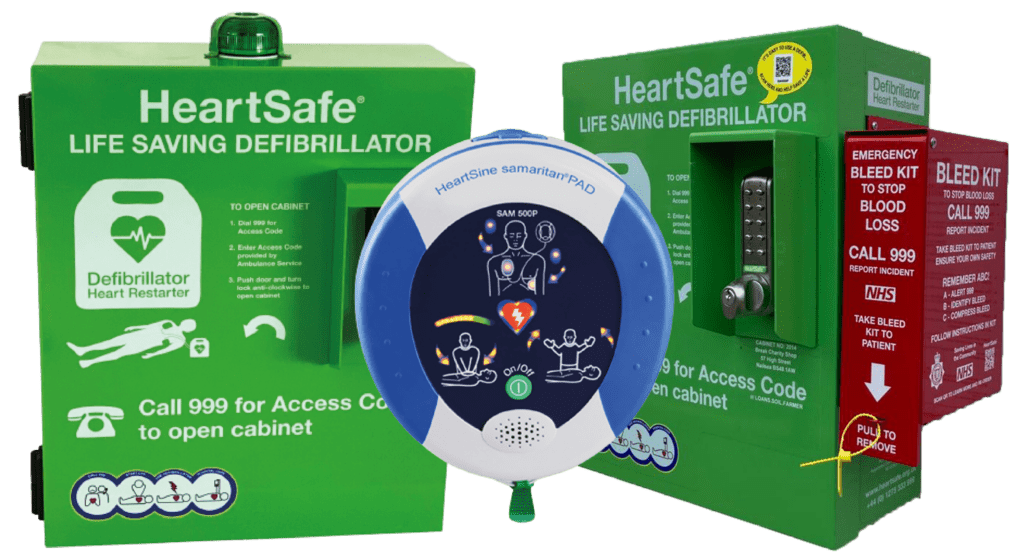Defibrillator Side Effect: Everything You Need to Know

What are the long-term side effects of an Automated External Defibrillator (AED)?
The use of Automated External Defibrillators (AEDs) in emergency situations where an individual is experiencing sudden cardiac arrest can be lifesaving. They are designed to restore a normal heart rhythm by delivering an electrical shock. While AEDs are crucial for immediate survival, it’s important to consider the broader implications and potential long-term effects associated with their use, especially on mental health and overall well-being.
The use of an Automated External Defibrillator (AED) is widely considered safe, with adverse effects being uncommon. Nonetheless, there exists a minor chance of experiencing skin irritation or burns as a consequence of the electrical shock administered by the device. There is also a rare chance of additional possible long-term side effects.
Psychological Impacts
One significant area of concern involves the psychological effects following the use of an AED, both for the patient and witnesses. Studies have suggested that individuals who have been revived using AEDs may experience various psychological conditions, including:
Anxiety and Stress: The traumatic experience of undergoing cardiac arrest and subsequent defibrillation can lead to heightened anxiety levels. This may be due to fears of a recurring event or the overall stress from the experience.
Depression: There is a noted prevalence of depression among survivors of cardiac arrest. The sudden confrontation with mortality and the adjustments to lifestyle changes post-revival can contribute to depressive symptoms.
Post-Traumatic Stress Disorder (PTSD): Both patients and their families may be at risk of developing PTSD. This condition can stem from the traumatic nature of the emergency situation itself and the emotional aftermath of such a life-altering experience.
Physical
While the immediate physical side effects of receiving a defibrillator shock are generally not severe, there can be some long-term physical considerations for the patient:
Pain and Discomfort: Some individuals may experience pain or discomfort in the chest area where the shock was administered. This can persist but often diminishes over time.
Potential for Injury: In rare cases, the shock from an AED can cause minor skin burns or underlying tissue damage at the site of the electrode pads.
- Arrhythmia: In some instances, the shock delivered by the AED may lead to other types of arrhythmias, or irregular heart rhythms, though this is extremely uncommon. It’s important to note that AEDs are designed to analyse the heart’s rhythm and only advise a shock if it detects a rhythm that can be corrected by defibrillation.
Cognitive Impairment: Some individuals report issues with memory, attention, and executive functioning following cardiac arrest and resuscitation.
Changes in Social Roles and Relationships: The experience can alter an individual’s ability to engage in previous roles and activities, impacting relationships and societal participation.
It’s crucial for survivors, their families, and caregivers to be aware of these potential long-term effects.
Support systems, including counseling and rehabilitation services, should be made accessible to address both the psychological and physical aftermath of such incidents. Continuous medical follow-up is essential for monitoring the survivor’s health and aiding in their recovery process.
